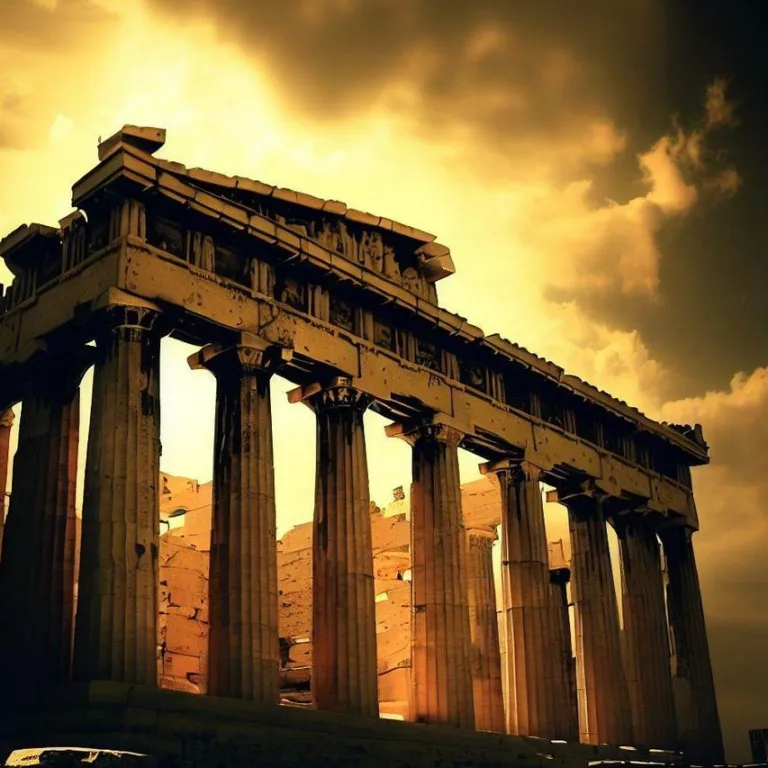Welcome to our comprehensive article about the Parthenon, an architectural marvel that stands as a symbol of ancient Greek culture and history. In this piece, we will delve into the captivating history, intricate design, cultural significance, and enduring legacy of the Parthenon. Let’s embark on a journey through time and explore the magnificence of this iconic structure.
The historical significance
The Parthenon, a majestic temple dedicated to the goddess Athena, is located atop the Acropolis hill in Athens, Greece. It was built during the 5th century BCE under the direction of the renowned architects Ictinus and Callicrates. This period, known as the Golden Age of Athens, saw an unparalleled flourishing of art, philosophy, and democracy.
The construction of the Parthenon was commissioned by Pericles, a prominent Athenian statesman, as a tribute to Athena Parthenos, the city’s patron goddess. The temple’s purpose extended beyond religious significance; it also served as a treasury and a symbol of Athenian power and culture.
Architectural marvel
The Parthenon’s architecture is a prime example of the Doric order, characterized by its simple yet harmonious design. The temple’s facade boasts impressive columns that support an entablature with intricate friezes. The pediments display remarkable sculptural compositions, depicting mythological narratives and celebrating the divine.
The architects incorporated precise mathematical ratios and optical refinements into the Parthenon’s design, creating an illusion of perfection to the human eye. This dedication to aesthetic balance and mathematical precision reflects the ancient Greeks‘ reverence for order and beauty.
Cultural and artistic legacy
The Parthenon not only showcases exceptional architectural prowess but also encapsulates the ideals and values of ancient Greece. Its sculptures and reliefs are an embodiment of Greek mythology, history, and ethos. Notably, the Elgin Marbles—sculptures that once adorned the Parthenon—are now displayed in the British Museum, sparking debates about cultural heritage and restitution.
Throughout history, the Parthenon has inspired countless artists, architects, and thinkers. Its enduring influence can be observed in neoclassical architecture, art, and even modern structural design.
Faqs
Q: What was the purpose of the Parthenon?
A: The Parthenon served as a temple dedicated to the goddess Athena, a treasury, and a symbol of Athenian cultural and political prowess.
Q: Why is the Parthenon so famous?
A: The Parthenon is renowned for its architectural brilliance, intricate sculptures, and its representation of ancient Greek ideals and civilization.
Q: Where is the Parthenon located?
A: The Parthenon is situated on the Acropolis hill in Athens, Greece, overlooking the city and serving as a powerful reminder of its historical significance.
Q: Can I visit the Parthenon today?
A: Yes, the Parthenon is a popular tourist destination and can be visited on the Acropolis in Athens. However, certain portions of the temple’s original sculptures are housed in museums around the world.
Conclusion
The Parthenon stands as a testament to the ingenuity, creativity, and cultural depth of ancient Greece. Its architectural grandeur and historical importance continue to captivate people from all corners of the globe. As we reflect on the Parthenon’s legacy, we are reminded of the enduring power of human imagination and the remarkable achievements of civilizations past.
Viz také:






